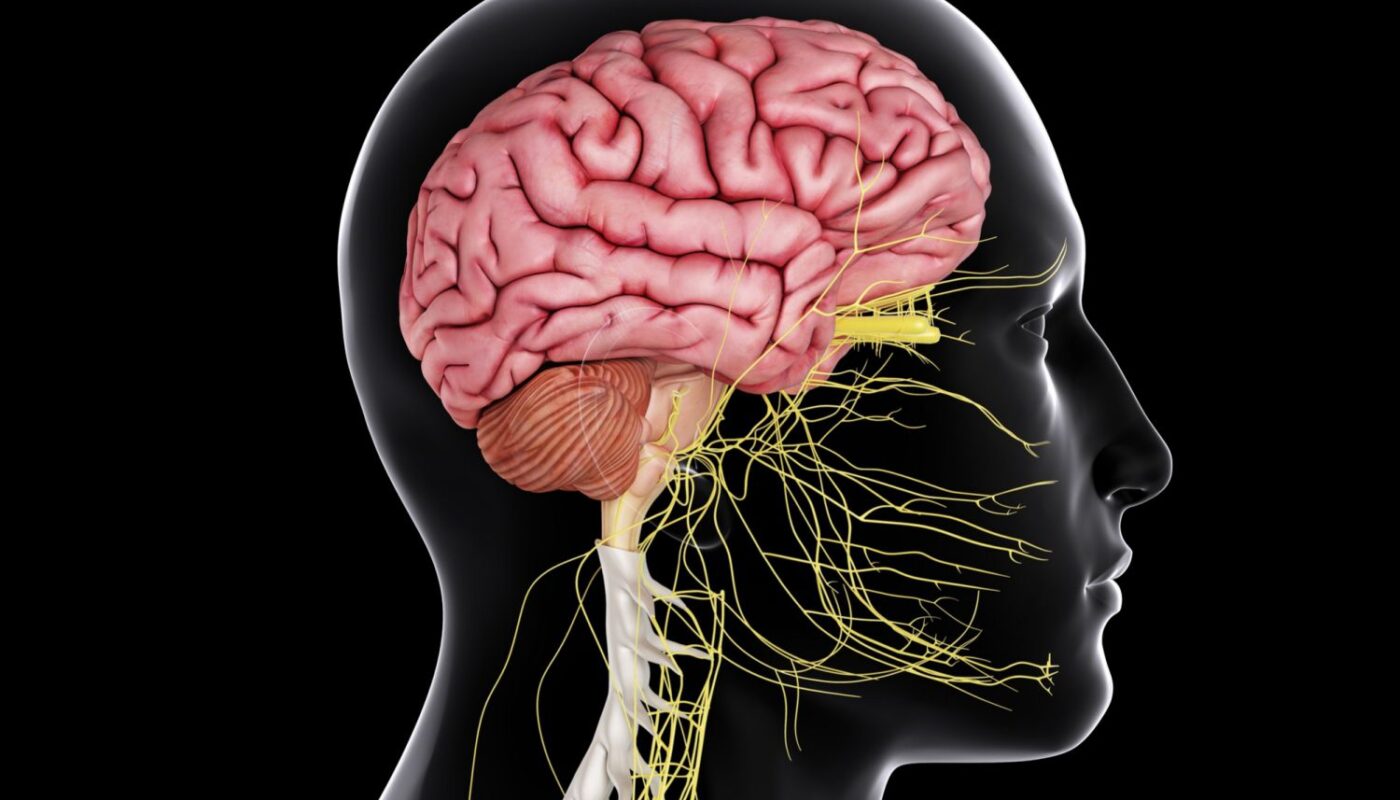In a groundbreaking study published in Science, Aya Takeoka and her team at the RIKEN Center for Brain Science in Japan have identified specific groups of spinal cord neurons responsible for enabling brain-independent motor learning. The research sheds light on the neural circuitry within the spinal cord that supports new adaptive learning and the ability to recall adaptations. These findings have significant implications for developing strategies to aid in motor recovery following spinal cord injuries.
The study builds on prior knowledge demonstrating that motor functions controlled by the spinal cord can be adjusted through practice without input from the brain. This phenomenon is exemplified in headless insects, where leg movements can be trained to avoid external stimuli. However, until now, the precise mechanisms underlying brain-independent motor learning remained elusive, limiting our understanding and utilization of this unique capability.
Aya Takeoka emphasizes the importance of unraveling these mechanisms to comprehend the fundamental aspects of movement automation in healthy individuals and leverage this knowledge to enhance recovery in individuals with spinal cord injuries.
To investigate the neural processes involved in brain-independent motor learning, the researchers developed an experimental setup using mice. By stimulating the hindlegs of experimental mice when they drooped down, the team successfully demonstrated the spinal cord’s capacity to associate leg position with an aversive stimulus and adapt motor output accordingly. Remarkably, this adaptive learning occurred without any involvement from the brain, showcasing the autonomous learning capabilities of the spinal cord.
Furthermore, the researchers identified two distinct groups of spinal cord neurons vital for motor learning and memory recall. Disabling neurons at the top of the spinal cord, particularly those expressing the Ptf1a gene, hindered adaptive learning, highlighting their critical role in this process. In contrast, neurons located at the bottom of the spinal cord expressing the En1 gene were essential for memory recall. Silencing these En1 neurons erased prior learning, underscoring their significance in retaining and recalling motor adaptations.
The study’s findings challenge conventional beliefs that motor learning and memory are exclusive to brain circuitry. By manipulating spinal cord neurons associated with motor recall, the researchers demonstrated the potential for targeted therapies to enhance recovery post-spinal cord injury. The discovery of these specialized spinal cord circuits opens new avenues for developing interventions that harness the inherent learning capabilities of the spinal cord to improve motor function in individuals with neurological impairments.
*Note:
1. Source: Coherent Market Insights, Public sources, Desk research
2. We have leveraged AI tools to mine information and compile it



